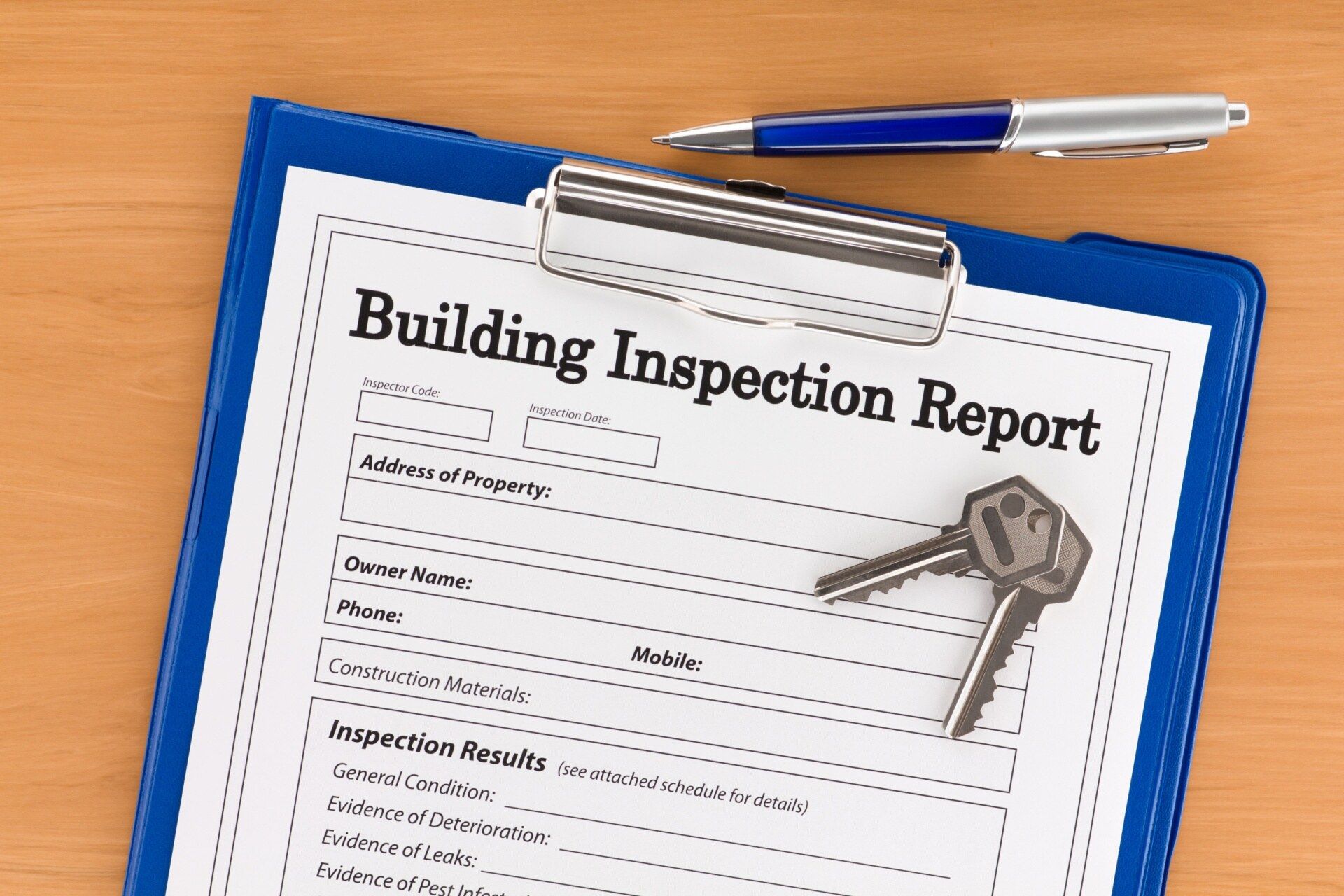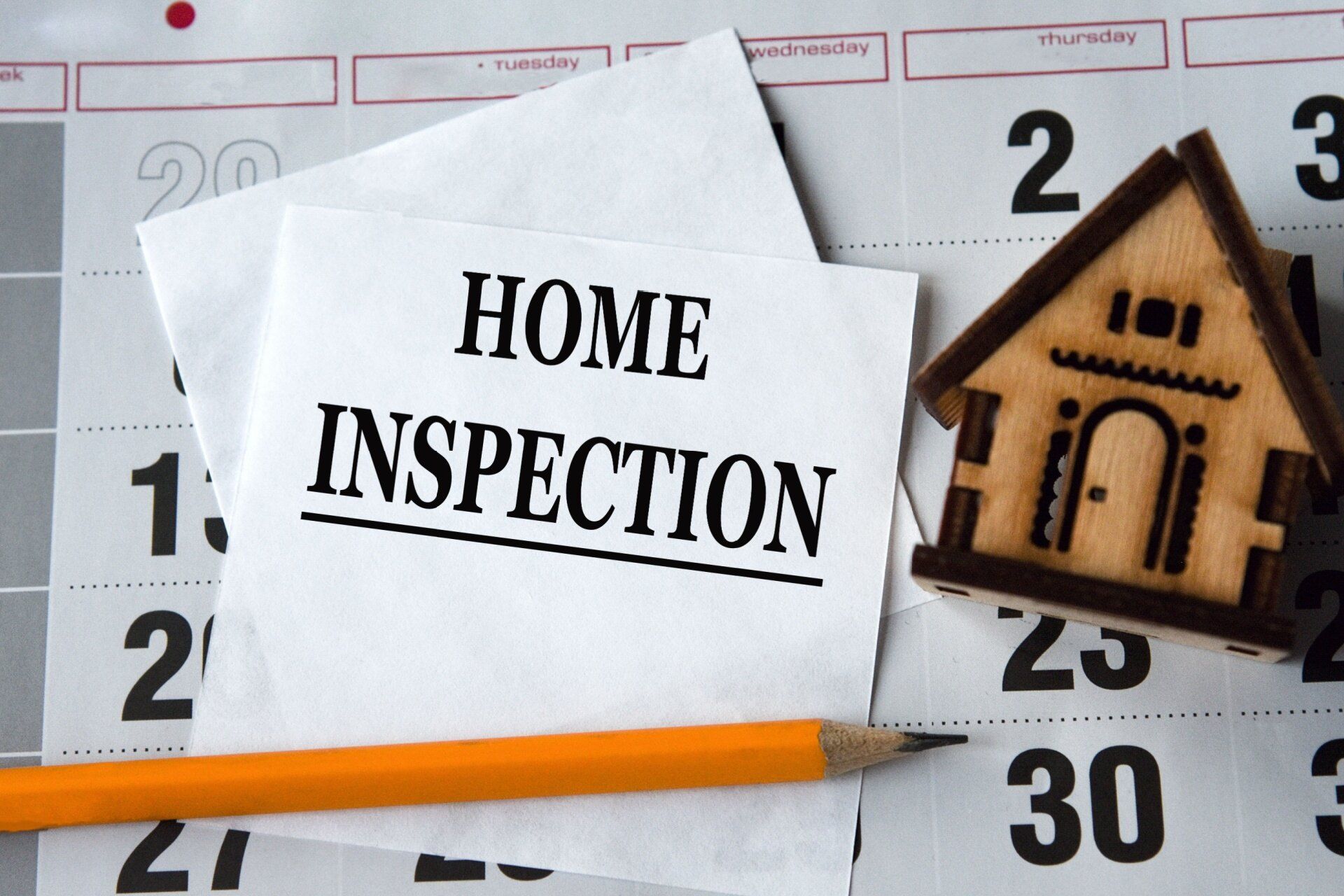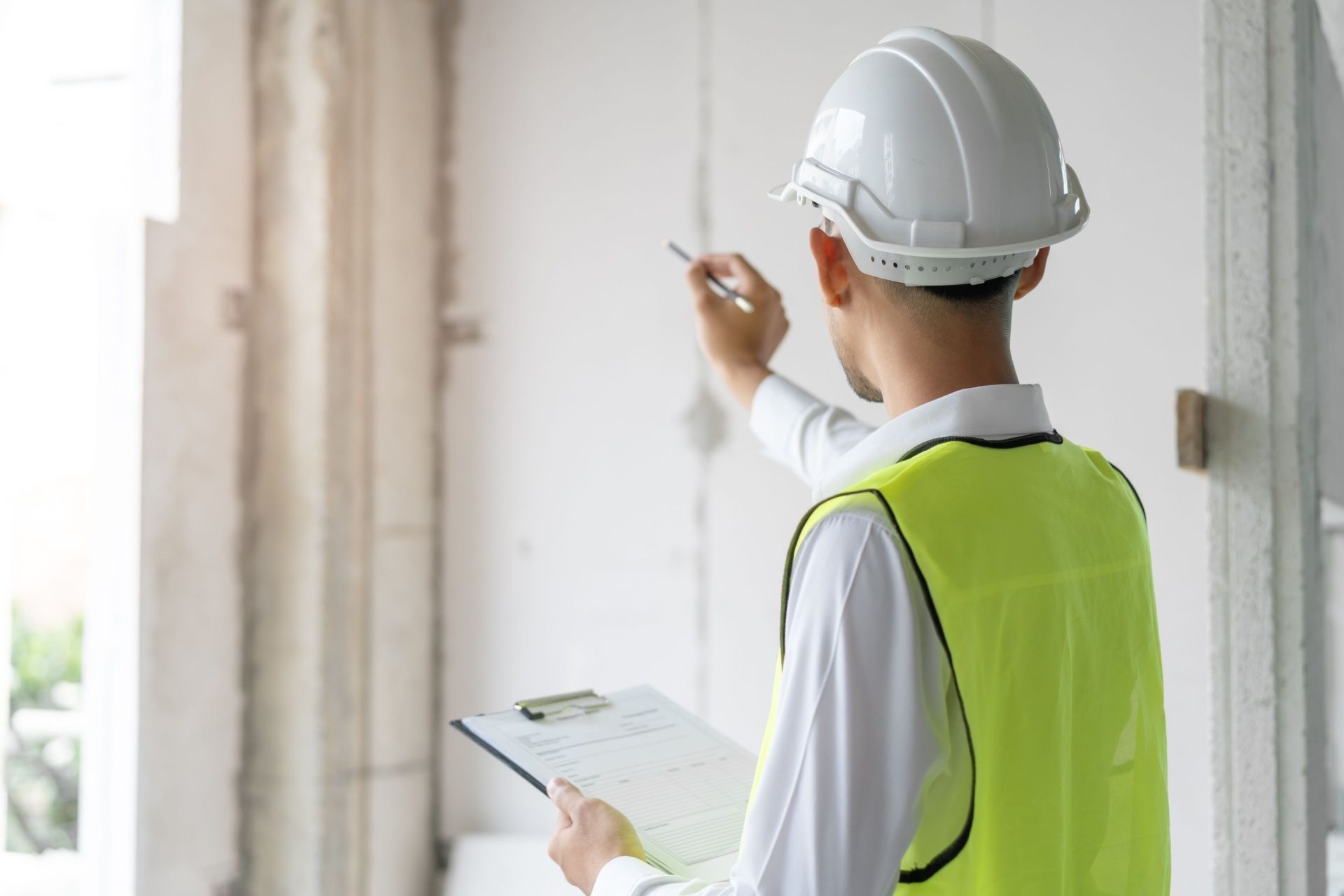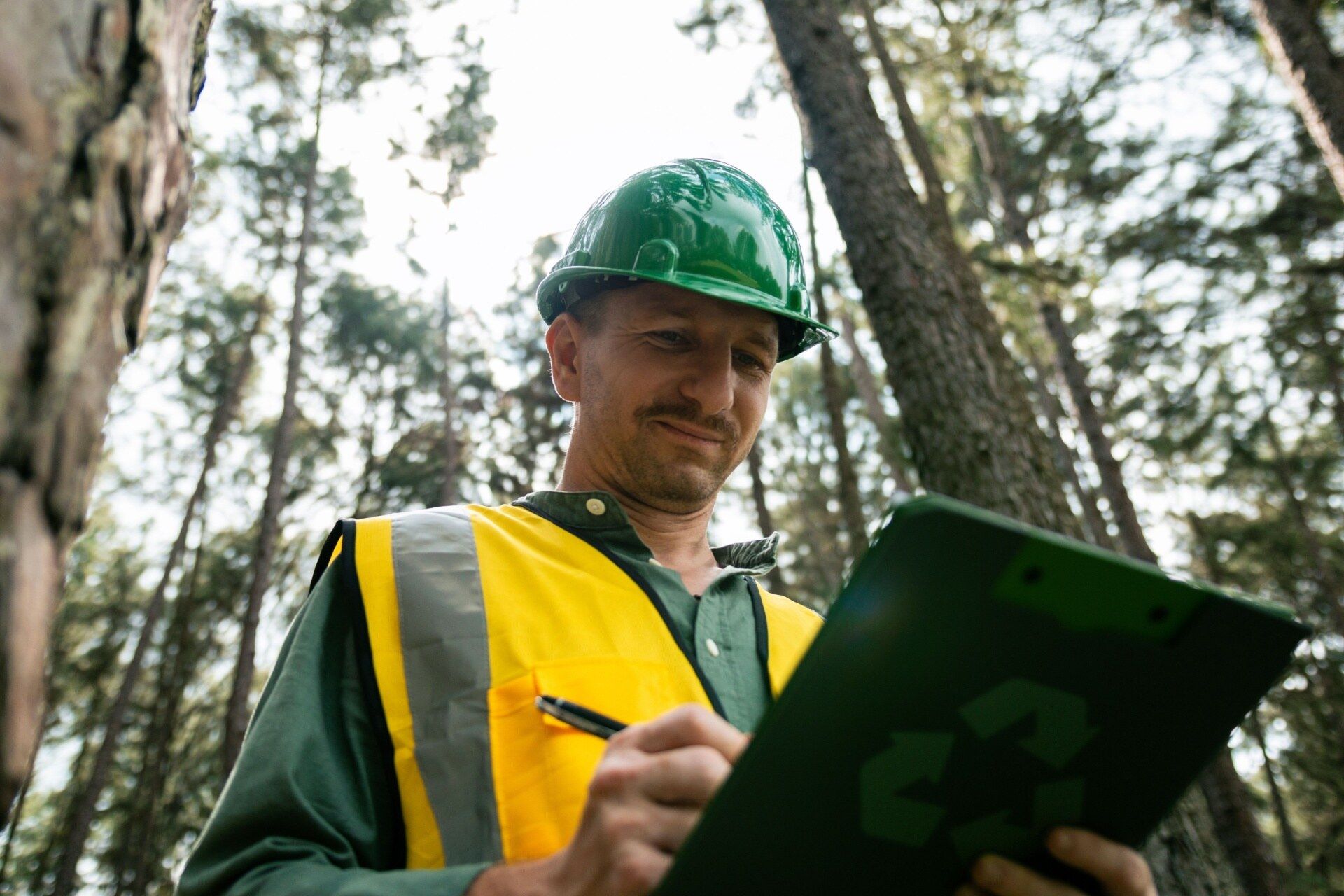What Is A Sewer Scope Inspection And Do I Need One?
When buying a home, there are many inspections to think about—roof, electrical, plumbing, and more. But one that often gets overlooked is the sewer scope inspection.
While it may not be the most exciting part of the process, it’s one of the most important. A sewer line inspection can save you from big problems and expensive repairs in the future.
In this blog, we’ll explain what a sewer scope inspection is, why it matters, how it’s done, and whether you really need one before buying or maintaining a home
.
What Is a Sewer Scope Inspection?
A sewer scope inspection is a type of drain inspection that lets a professional check the condition of your home’s sewer line. This is the pipe that connects your house to the city’s main sewer system or your septic tank.
To perform the inspection, a trained technician uses a small, waterproof camera attached to a long, flexible cable. This camera is fed through the main sewer line, usually from a cleanout or access point near your home.
The camera travels through the pipe and sends back live video footage so the inspector can see if there are any problems.
What Does a Sewer Scope Inspection Look For?
During the sewer inspection, the camera will show what’s happening inside the pipe. Here are some common issues the inspector may find:
- Tree Roots: Roots can grow into sewer lines through small cracks or joints and block the flow.
- Cracks or Collapsed Pipes: These can happen from ground movement or old, worn-out pipes.
- Clogs and Buildup: Grease, hair, and debris can build up and block the pipe.
- Sagging or Bellied Pipes: This is when part of the pipe sinks and collects waste.
- Corrosion or Deterioration: Older pipes may rust or wear away over time.
- Foreign Objects: Sometimes, items that shouldn’t be flushed end up stuck in the sewer line.
Finding these problems early through a sewer scope inspection helps prevent sewage backups and costly repairs.
Why Are Sewer Line Inspections Important?
A damaged or blocked sewer line can cause major problems for homeowners. If a pipe breaks or gets clogged, it can lead to:
- Sewage backups into your home
- Unpleasant smells
- Slow drains
- Flooding in your yard
- Expensive repair bills
Most of these issues don’t show up in a standard home inspection. That’s why a sewer line inspection is so valuable—it shows what’s happening underground.
When Should You Get a Sewer Scope Inspection?
You might be wondering, “Do I really need a sewer inspection?” The answer depends on a few things. Here are the times when a sewer scope inspection is a smart idea:
1. Before Buying a Home
This is the most common time to get a sewer line inspection. Even if the house looks great on the outside, there could be problems underground. If the inspection finds issues, you may be able to ask the seller to fix them before you buy or lower the price.
2. If the House is Older
Homes built before the 1970s often have clay or cast iron pipes that are more likely to crack or collapse. If you’re buying or already living in an older home, it’s a good idea to check the sewer line.
3. If There Are Large Trees in the Yard
Tree roots can grow into pipes and cause big problems. If your yard has big, old trees, a drain inspection can help you catch root problems before they get worse.
4. If You Notice Plumbing Problems
Slow drains, frequent clogs, bad smells, or water backing up into sinks or tubs are signs that something might be wrong with your sewer line.
How Long Does a Sewer Scope Inspection Take?
Most sewer scope inspections take 30 minutes to an hour. The technician will explain what they see on the camera and may give you a copy of the video. You’ll also get a report that shows what condition your sewer line is in and if any repairs are needed.
What Happens If the Inspection Finds a Problem?
If the inspection finds damage or blockages, don’t panic. The good news is that you now know about the issue before it gets worse.
Depending on what the problem is, you may need to:
- Clear a blockage: This could be done with a plumber’s snake or hydro jetting.
- Repair a cracked pipe: This may require digging up the pipe or using trenchless repair methods.
- Replace the whole line: This is only needed in severe cases.
If you’re buying a home, you can use the inspection report to negotiate with the seller. They may agree to fix the problem before closing or reduce the price.
Can I Skip the Sewer Inspection?
Technically, yes—but it’s not a good idea. Many homebuyers skip the sewer scope inspection to save money or because they think it’s unnecessary. But skipping it could lead to surprise repairs after you move in.
Think of it this way: Would you buy a car without looking under the hood? A sewer inspection is like looking under the ground before you commit to a home.
Sewer Scope Inspections Offer Peace of Mind
Whether you’re buying a new home or checking your current one, a sewer scope inspection gives you peace of mind. You’ll know what’s happening in your sewer line and can fix small issues before they become big ones.
Plus, if everything looks good, you’ll feel even better knowing your drains and pipes are in top shape.
Choosing the Right Inspection Company
Not all sewer line inspections are the same. It’s important to hire a professional who is licensed, experienced, and uses high-quality camera equipment.
At Protec Inspection Services, we specialize in thorough, honest, and detailed sewer inspections. Our expert team will help you understand what’s going on underground so you can make smart decisions about your home.
Final Thoughts
A sewer scope inspection might not be the first thing on your to-do list when buying a home, but it should be. Hidden sewer problems can lead to serious headaches—and major costs—if they’re not caught early.
For just a small investment of time and money, a drain inspection can give you the information you need to protect your home, your family, and your wallet.
Call
Protec Inspections Services today to schedule your sewer scope inspection and protect your home from hidden surprises!
Disclaimer: The information on this website and blog is for general informational purposes only and is not professional advice. We make no guarantees of accuracy or completeness. We disclaim all liability for errors, omissions, or reliance on this content. Always consult a qualified professional for specific guidance.





